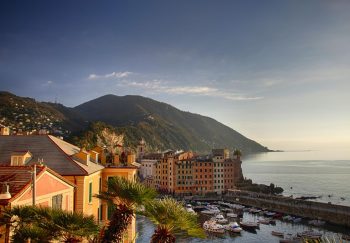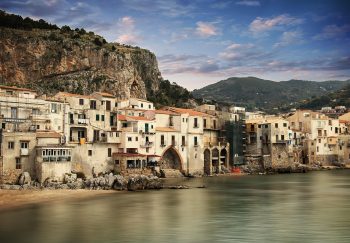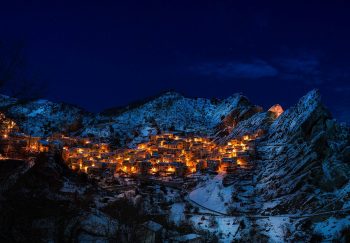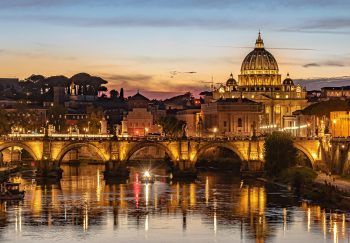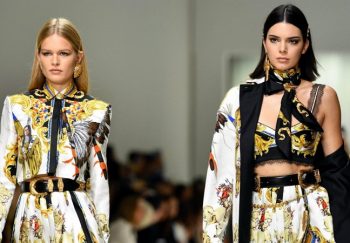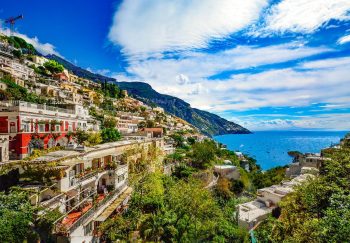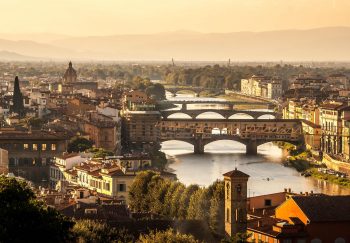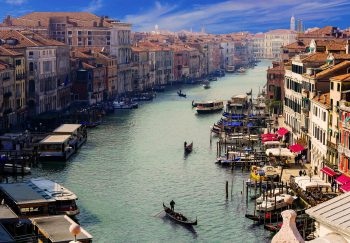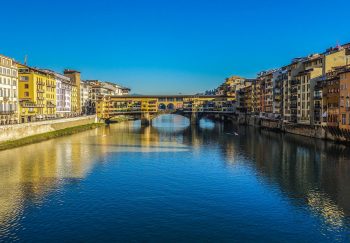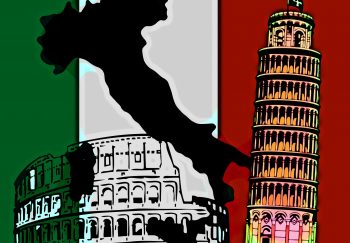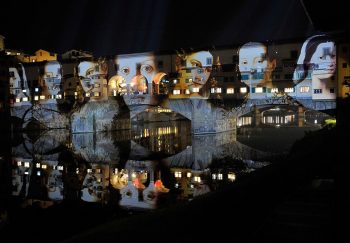A place of culture and connections for all and for tourists to discover Palermo. The community tourism works together to support cultural, educational, and tourist initiatives.
The materials for the eco-museum were collected through community work, photos and video taken from the wonderful archives of CRICD (Regional Centre for Catalogue and Documentation), Mare Negato, authors, artists, and citizens of the City.
Ecomuseum can be described as a territorial or community museum. Hugues De Varine explains: It is an agreement in which a community agrees to take care of a territory.
Palermo’s sea and Palermo still have a way to reach an agreement through video, audio, and photographic installations. This story is told through many stories, biographical stories and bits of city history. Palermo families participated with videos and photos. They told, in front the recorders or videocamera, a story, thought or personal struggle related to the sea of Palermo.
The rooms of the ecomuseum contain many stories and voices that tell the story of this troubled city and the lives and work of many people. They are a living record that points to the future. This important heritage will be shared with all – young and old.
It tells you a lot about the city and its relationship with it. There are many stories about resistance, travel commerce holidays, work, tourism, commerce, trade, etc. Memories, lost photos, stories and postcards are also important. There are swimmers, poets, writers, sailors, boat workers, captains, sailors, fishermen, boatyard workersmen, sailors, and people who travel to the sea.
